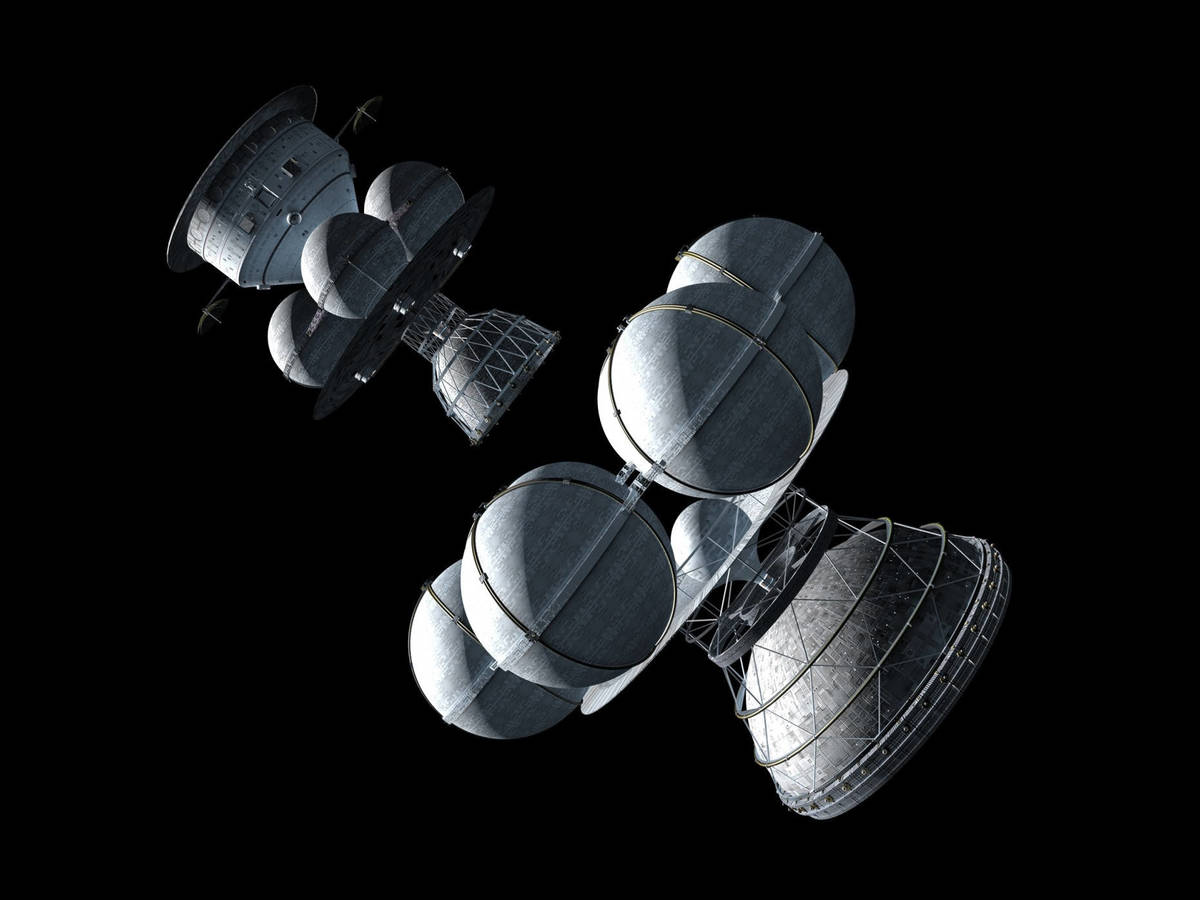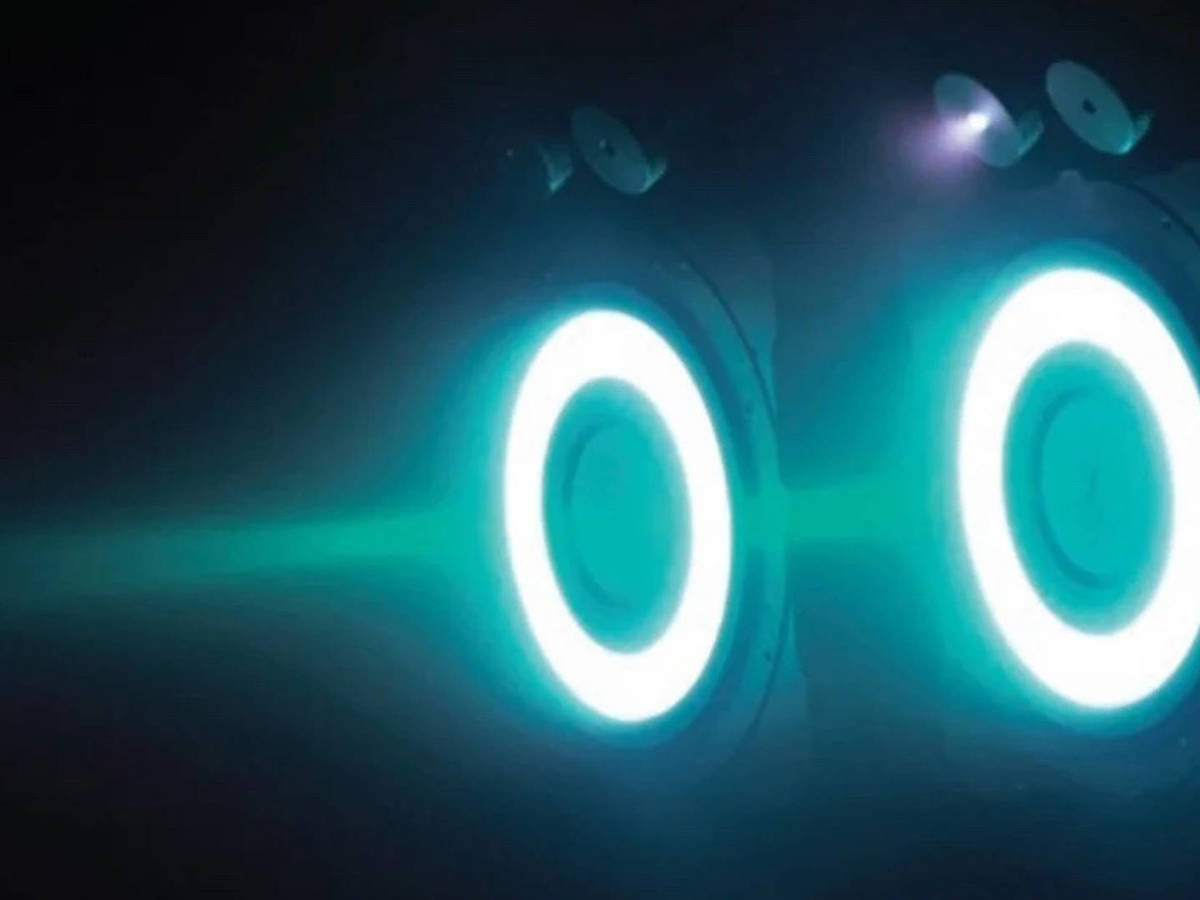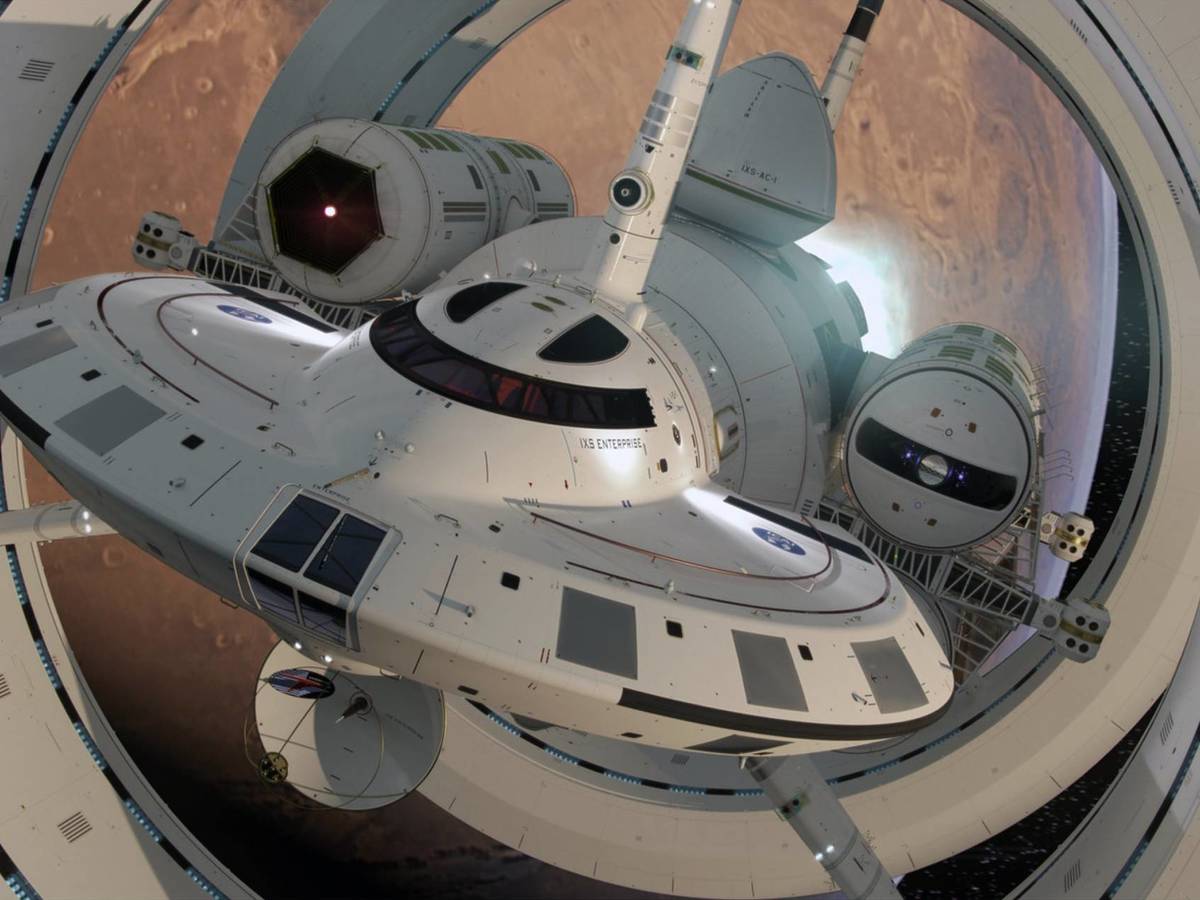With current technology, it would take 6,000 years to travel the 41.2 billion kilometers of distance that separate us from the star closest to the solar system: Alpha Centauri. But Australian researchers have just presented a new method They claim can reduce that time to just 20 years.
“To cover the enormous distances between Alpha Centauri and our own Solar System, we must think outside the box and forge a new path for interstellar space travel, “says Dr. Chathura Bandutunga, researcher at the Australian National University (ANU), and lead author of the discovery.
The Bandutunga team’s proposal is certainly interesting although not entirely innovative. They have taken as a model a theoretical engine known as a beam thruster that uses the energy emitted by an external source to the ship to propel itself. And that the physicist Robert L. Forward adapted in 1989 to a concept that used a solar sail to collect energy from a laser beam.
Professor Philip Lubin explains the possibilities of this photon propulsion system
Australian researchers think that an ultralight spaceship can act as a sail and capture the energy that comes from a set of powerful lasers located on Earth to propel itself. “Once on its way, the sail will fly through the vacuum of space for 20 years before reaching its destination,” says Bandutunga.
One of the great problems of this technology is how much the atmosphere affects light. Potentially preventing lasers from applying the force necessary to push a spacecraft. Some scientists have suggested locating the launch system on the Moon as a solution, but the cost would be exorbitant.

Bandutunga and his team have found a solution to this problem reversing the adaptive optics used by telescopes to compensate for atmospheric distortion. And they suggest mounting a small laser on a satellite and pointing it towards Earth to measure atmospheric effects in real time, thus allowing lasers located on the ground to adjust and reach the space probe.
“Our proposal uses a laser guide. It is a small satellite with a laser that illuminates the whole from Earth’s orbit. When the laser guide passes through the atmosphere on its way back to Earth, it measures its changes,” says Dr. Bandutunga. “We have developed the algorithm that allows us to use this information to correct the outgoing light of the ensemble.”

Another problem is the power of these lasers installed on Earth and their ability to act all at once as one. Scientists in previous studies have determined that this power should be 100 GW, about 100 times the capacity of the largest battery in the world today. On balance, Australian researchers have estimated that they will need approximately 100 million lasers distributed in an area of one square kilometer.
Bandutunga and co-author Dr. Paul Sibley don’t see it as a big problem. “It only needs to run for 10 minutes at full power,” they have assured IFLScience. “So we imagine a battery or supercapacitors that can store the accumulated energy for several days and release it suddenly.”

This discovery has been published in the Journal of the Optical Society of America B and part of an initiative called Breakthrough Starshot: a set of scientific and technological programs funded by the Russian-Israeli millionaire Yuri Milner, investigating the presence of life in the Universe.
The next step, according to the researchers, is to begin testing some of the basic components of this concept in a controlled laboratory setting. They also affirm that work is being done internationally to find solutions to other problems with this technology. “It will be exciting to bring these solutions together to make the project a reality”, assures Dr Bandutunga, who also imagines what the mission of this spacecraft would be like if it could be carried out: “During its flyby of Alpha Centauri, it will record images and scientific measurements that it will transmit to the earth”.

Introvert. Beer guru. Communicator. Travel fanatic. Web advocate. Certified alcohol geek. Tv buff. Subtly charming internet aficionado.